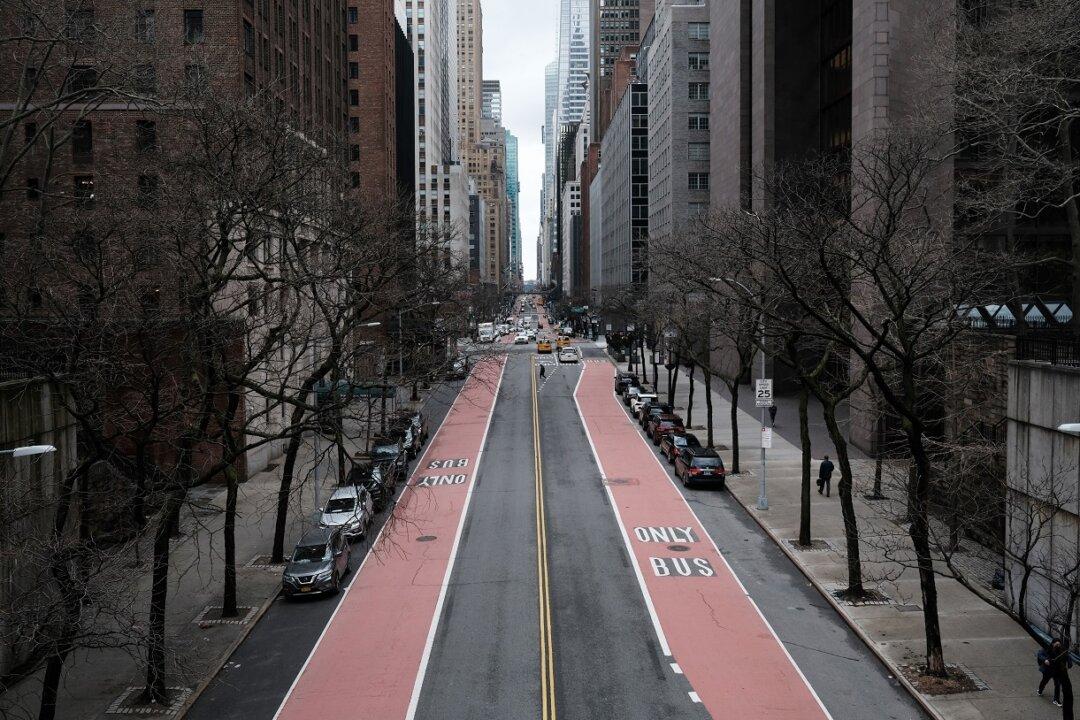Commentary
Migration seems to be a constant in history. While its trends may fluctuate, they inevitably surface as human beings seek greener pastures and a better life.


Migration seems to be a constant in history. While its trends may fluctuate, they inevitably surface as human beings seek greener pastures and a better life.